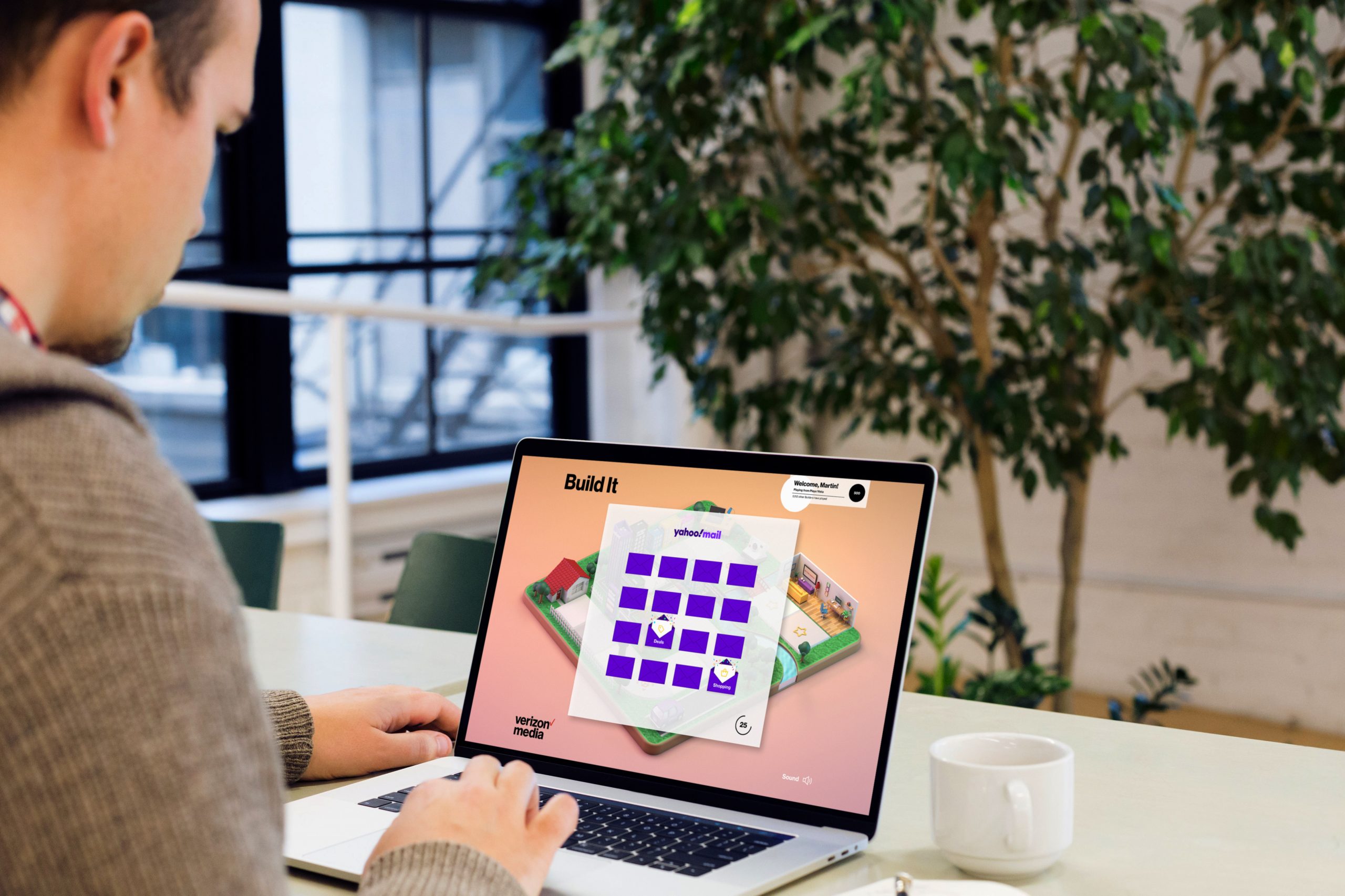
Thanks to all the time we’re spending indoors right now, video game usage has skyrocketed. But the concept of gamification doesn’t just apply to avid Fortnite players and Mario Bros. fans. Everyday, the same type of engagement tricks and tactics in gaming are used to influence our behavior—from weight loss apps and Peloton leaderboards to Instagram likes and store loyalty cards.
And while those strategies have also been applied to live, in-person event planning to encourage greater attendee participation, the gamification of virtual events is a fairly newish concept. With large gatherings still on hold across the country, digital events, meetings, and conferences will remain the most popular option for organizing groups, and the technology for them will continue to evolve and expand well into the future. So understanding how to make the most of this event format will be crucial.
Here, we break down some gamification ideas for virtual events and how you can implement them into your upcoming game plan, so to speak.
Event gamification is the use of game play mechanics—the ones that make games so fun and addictive such as time constraints and leaderboards—to engage attendees, alter behavior, and achieve goals and objectives. During an in-person event, this might mean designing a “passport” where attendees try to collect stamps from as many trade show exhibitors as they can. But when it comes to virtual events, that tangible, go-get-’em element can be tricky.
Right now, there isn’t a totally turnkey solution for building a virtual event. Instead, it requires a set of separate solutions, such as a registration system, a video provider, and a Q&A tool, to meet an event’s needs and business objectives. Plus, you need to factor in your tech capabilities. All of this will dictate which gamification techniques you are able to employ. Below are some virtual event engagement ideas and strategies from industry pros for event planners to consider.
1. Award V.I.P. Access & Free Stuff
Like racking up points or unlocking extra superpowers, some sort of rewards system is inherent to event gamification. The incentives can be extrinsic (like something as simple as a free t-shirt) or intrinsic (like being at the top of a leaderboard) or a combination of both. For example, you can incentivize early or on-time event attendance by offering a giveaway, which might be available via a code that’s only displayed on the screen right before the welcome session begins. Or the code could unlock a V.I.P. experience, a post-event virtual party, or one-on-one time with a speaker; this all plays into the attendees’ desire for status and access.
“The concept of FOMO is always a driver of attention and engagement,” explains Steve Alexander, chief experiential officer at MVRK, about encouraging virtual attendance. “Make things timely and not accessible past a certain time. Give clout and exclusivity to it…It will make the time spent in the event more valuable.”

2. Turn Social Media Posts into ‘Currency’
“Obviously, hashtags have always been a useful way for attendees to follow the conversation either on- or off-site and on a social medium such as Twitter,” says Scott Varland, senior vice president of Genuine X North America, Jack Morton. But instead of simply encouraging virtual attendees to add an event hashtag to posts, Varland suggests incorporating the content into the event by asking presenters and panelists to respond to any questions that were posted to social media, either during and after their presentations.
Alexander expands upon this idea, suggesting that posts can be turned into a form of “currency” to incentivize attendees to share; the reward for posting might be access to exclusive content or points towards an even greater prize.
Plus, you can use this social media strategy for social good purposes as well, he says. Encourage attendees to work together and post to social media for a charitable cause by making X number of posts equal a certain dollar amount that organizers will then donate. Display the results in real time (using a progress bar, for example) to encourage more people to post.
Similarly, Jägermeister recently hosted a virtual brunch to raise money for ROAR, a relief organization for restaurants. The spirits brand based its donation on the number of attendees who tune into the IG Live event: $20 per person, up to $5,000.

3. Make the Entire Event a Game
For Verizon Media Group’s bi-annual internal event “Build It,” which serves as a preview of new products and services for company employees, experiential agency MVRK decided to transform the usually in-person showcase into a digital board game.
“While most conferences include gaming as part of programming, ‘Build It’ was a conference inside of a game. Users learned by playing,” Alexander explains. “It wasn't about sessions and keynotes. It was about creating an engaging world of interactivity and play that creatively weaved the content into a guided story or journey with a start and a finish.”
This virtual version, called “Build It: WFH,” featured a game board dotted with keynotes, product demos, custom content, chances to win prizes, and more. And like any board game, Alexander says “there were surprises, unique media moments, and experiences weaved into it to best support active participation.” For example, to promote Yahoo Mail, employees could participate in a matching game that included sorting and customizing their inboxes as fast as they could. Or they could try to translate emojis into finance terms, a game inspired by personal finance brand Cashay.

4. Encourage Questions & Learning
While it might not be an official gamification strategy per se, the concept of “follow the leader” can work to elicit specific attendee behavior such as asking questions during a Q&A session. “Keep in mind that the first two questions are the hardest to generate, so planting these questions in the audience beforehand is helpful,” suggests John Capano, senior vice president of client development at Impact XM. “Pre-seeding the audience with questions on key topics generally gets the conversation started,” he adds.
Alexander echoes that point, suggesting that planners should appoint an M.C. or an event “ambassador” to kick off questions. “Have the spokesperson there to encourage the involvement and make it feel casual,” he says. “The first question asked is always the hardest whether digital or physical!”
Also, Capano recommends coaching your speakers on how to deliver content that generates questions. “We have all been in presentations that ended without any natural segue into a Q&A. The room goes dead once the speaker is done.” Instead, design or “gamify” speeches to generate interactivity and encourage conversation.
Another way to ensure attendees are learning (and paying attention) is to host an interactive trivia game using content from speaker or panel sessions. In addition to attendees earning points for right answers, it also helps reinforce the material, as well as incentivizing them to stay tuned until the end of the presentation
As every event planner knows, attracting (and keeping) an attendee's attention -- online and IRL -- is always a bit of an uphill battle. And with so many digital distractions competing for eyeballs, learning how to use gamification tactics, especially within virtual events, is becoming increasingly important. Much like playing a video game itself, you will need to test out different strategies and techniques to find out which scores points with your event audience and which lands you into a lava pit.